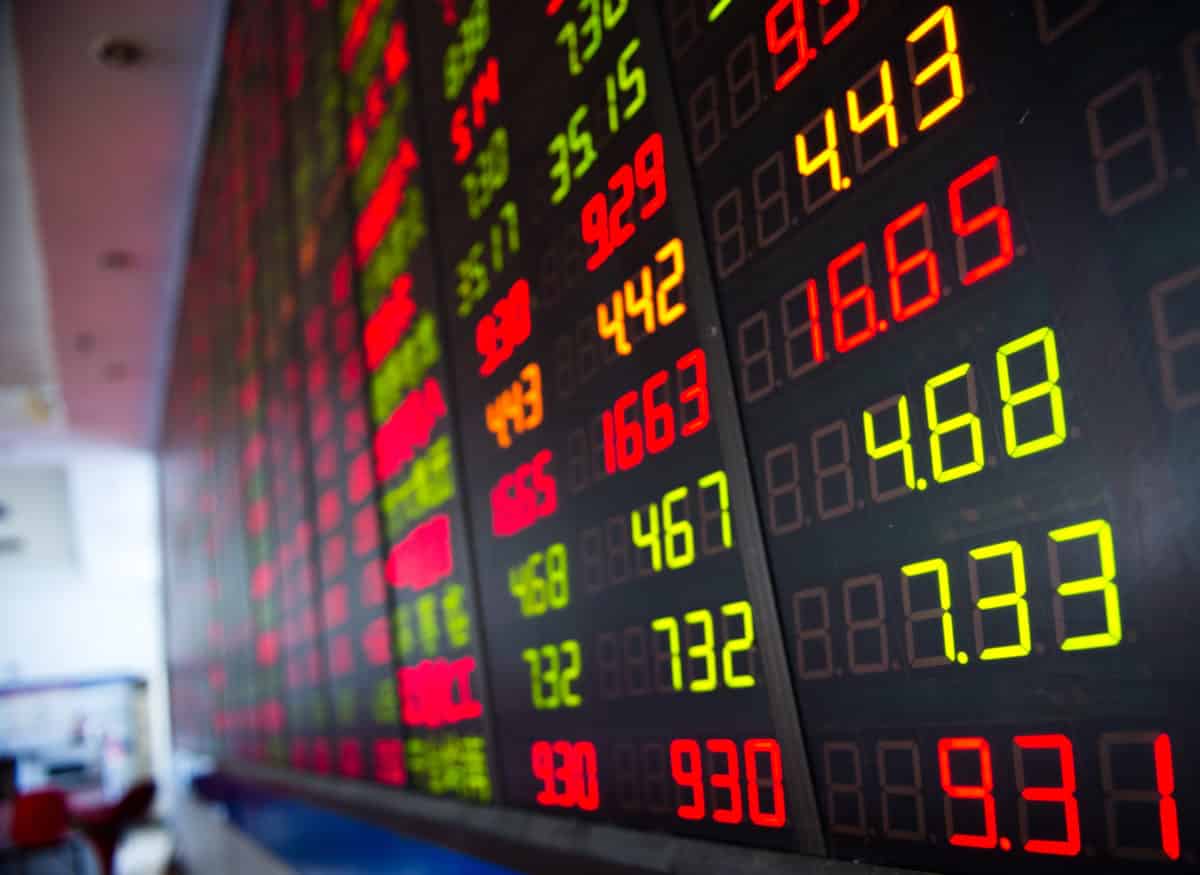
China Stock Market: Mixed Signals from China and Japan
Table of Contents
Asia-Pacific markets exhibited mixed results on Thursday as participants in the China stock market absorbed comments from US Federal Reserve Chair Jerome Powell. He indicated the possibility of a rate cut in September, contingent upon favourable inflation metrics.Furthermore, the region reacted to diverse business activity indicators, most notably China’s Caixin Purchasing Managers Index.
TickMill market analyst Patrick Munnelly noted that the positive sentiment from global marketsovernight contributed to predominantly higher trading in Asian stock markets on Thursday.
Optimism stems from the expectation that the US Federal Reserve will reduce interest rates in September. The Fed’s recent decision to keep interest rates unchanged, along with a statement suggesting possible future rate cuts, has fueled this anticipation.
Moreover, Munnelly noted that the Japanese market had reversed all its gains from the previous three sessions and had dropped significantly. However, the overall signals from global markets overnight were positive.
The Nikkei 225 has fallen as all sectors have weakened. The Bank of Japan’s decision to increase short-term policy rates has influenced the slide. Besides, the BoJ has cut back on monthly bond purchases, causing the index to go lower.
Asian Shares in Red: Chinese Stock Market Under Pressure
The China stock market today turned out to be the most significant loser of the session. The Shanghai Stock Exchange Composite Index fell by 0.92% to 2,905.34, marking its steepest one-day decline in almost two weeks.
Besides, the CSI300 Index, which includes major blue-chip stocks, dropped by 1.02%. This decline followed troubling news, including US manufacturing activity falling to an eight-month low in July. That, on the other hand, raised concerns about a potential economic downturn.
Geopolitical tensions in the Middle East also intensified, adding to the overall anxiety. Additionally, China’s economic challenges, such as a decline in manufacturing and weaker-than-expected growth for Q2, further unsettled investors.
Simultaneously, Hong Kong’s Hang Seng Index fell by 0.23% to 17,304.96, impacted primarily by declines in the property and retail sectors.
Zhongsheng Group declined by 6.55%; Longfor Properties dropped by 5.41%; and Li Ning Co saw a decrease of 4.52%.
Japan’s stock market experienced quite notable declines in Asia as well. The Nikkei 225 decreased by 2.49%, falling to 38,126.33. Meanwhile, Topix also continued falling by 3.24%, culminating at 2,703.69.
These sharp declines resulted from a stronger yen, which adversely affected exporters.
Yamaha saw a significant drop of 14.13%, while Toyota Tsusho and Isetan Mitsukoshi fell by 10.52% and 10.42%, respectively.
In South Korea, the Kospi defied the regional downturn, rising by 0.25% to end the day at 2,777.68.
This increase was led by Hanwha Solutions, which soared by 9.09%; Hanwha Ocean, which rose by 6.71%; and EcoPro Materials, which advanced by 6.67%.
Australia’s S&P/ASX 200 edged up by 0.28% to reach a record high of 8,114.70. Gains in the energy and technology sectors drove the dynamic.
Global Economic Dynamics Affecting China Stock Market News
China’s $18.6 trillion economy experienced slower-than-expected growth in the second quarter. At the time, households were adopting a more conservative financial stance by increasing savings and reducing debt. Furthermore, retail sales growth fell to an 18-month low in June. Meanwhile, businesses cut prices across a range of products, including automobiles, food, and apparel.
In response to these challenges, China announced a stimulus package last month targeting consumer spending. The country has taken initiatives to encourage equipment upgrades and facilitate trade-ins for consumer goods. Despite these measures, concerns about the economic outlook persist.
Analysts have raised concerns about the current economic trajectory. They warn that, without a fundamental shift to enhance the consumer’s role in the economy, the situation could lead to prolonged stagnation. Additionally, this could result in persistent deflationary pressure.
Concerns have emerged about Beijing’s stimulus measures. These strategies seem inadequate for broadening the economic base. As a result, US companies find it increasingly difficult to regard the Chinese stock market as a reliable partner.
In a similar manner, China continued to impact Apple (AAPL.O) last quarter. The tech giant saw its sales in the region drop by 6.5%, a decline much steeper than anticipated. This is significant, as China contributes 20% of Apple’s total revenue.
L’Oréal (OREP.PA), the major French cosmetics company, expects the Chinese beauty market to remain slightly negative through the second half of 2024. There is no indication of an improvement in consumer sentiment.
Other consumer brands have also faced challenges. Starbucks (SBUX.O), McDonald’s (MCD.N), and Procter & Gamble (PG.N) have all reported weaker sales. Additionally, Marriott (MAR.O) issued a revenue warning, citing reduced domestic travel demand.
Consumer Confidence in China Remains Subdued
The ongoing economic slowdown and downturn in the property sector have led Chinese consumers to prioritise cost-effectiveness. Besides, investors are seeking out value-for-money options and discounts.
Rising trade tensions between China and the US have added to the challenges faced by multinational companies. Domestic policies in China have also contributed to these difficulties. Beijing’s anti-corruption campaign, which began last year, has caused significant disruptions. This has led GE HealthCare to lower its revenue growth forecast. Additionally, concerns have arisen over declining sales of Merck’s Gardasil vaccine.
Meanwhile, tighter US export restrictions on high-end semiconductor technology are affecting chipmakers. These restrictions are preventing access to one of the largest markets for semiconductors. Analysts expect these aspects to put pressure on the China stock market chart in the future.
Despite the China stock market live chart being in the red, there are still aspects that bring hope. For example, Bloomberg has disclosed that Chinese authorities are contemplating a significant $319 billion package to stabilise the ailing A-share markets. This substantial sum would likely be sourced from the offshore accounts of China’s state-owned enterprises (SOEs).
Furthermore, prominent entities such as China Securities Finance Corp and Central Huijin Investment are expected to contribute further funding from domestic markets.
With that in mind, analysts anticipate that both offshore and onshore equity markets will stabilise around their current levels.
Specifically, they expect the Hang Seng Index to remain near 15,000 and the CSI300 to hover around 3,200. However, it may be too early to declare a definitive turnaround. Investors have faced numerous setbacks over the past year.
Consequently, they are likely to focus on securing profits during any market rebounds. Additionally, foreign investors are dealing with substantial losses on their Chinese investments due to significant past inflows. This situation adds to the overall market caution.


